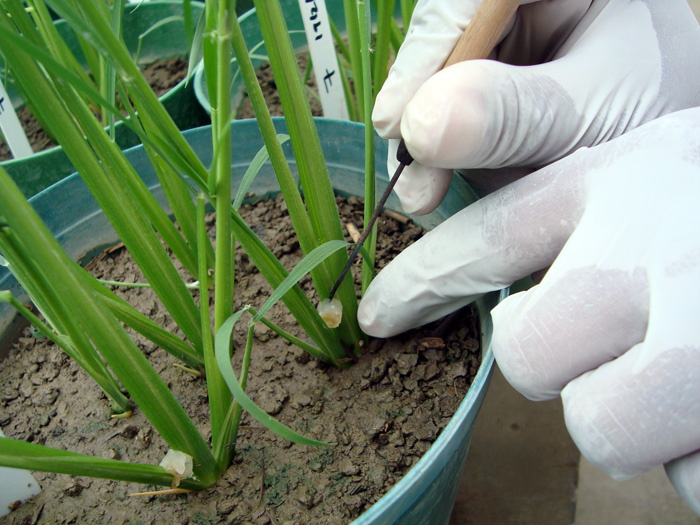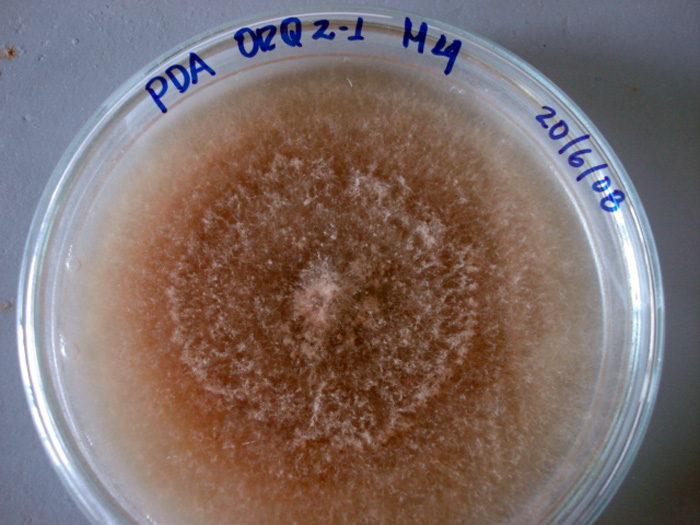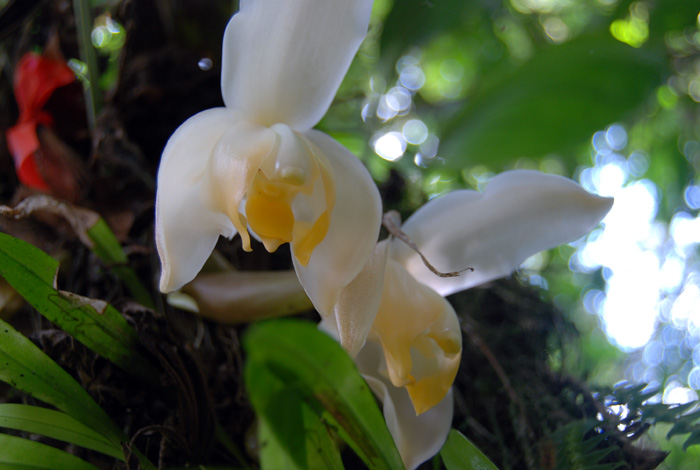A thesis of the Doctorate in Agricultural Sciences of Universidad Nacional de Colombia in Palmira, written by Ana Teresa Mosquera Espinosa, under direction of Professor Joel Tupac Otero Ospina, identified a fungi in orchids capable of defending rice crops against a dangerous disease known as "rust", which have caused a reduction between 30% and 50% of the production of rice in the country.
From June, 2011, the Colombian Agriculture Institute (ICA, for its acronym in Spanish) emitted a bulletin in which Colombian territory was declared in phytosanitary emergency due to this disease. It is seriously attacking the sector of rise production since it affects the quality and productivity of the crop up to 60%.
Up to now, the most effective method to control this disease is chemicals such as fungicides (produced industrially), which have an effect in the environment and increase the production costs of the cereal.
Luis Santos, ICA professional, explained that "rush is caused by the fungus Rhizoctonia solani. Its effect starts in the water, and then extends to the upper part of the plant, affecting the stem and staining the grain, and finally affecting the quality of the final product."
In 2008, the agronomist found the controller fungus in the roots of orchid planted in different habitats, and when evaluating 12 samples, it was found that the fungus also had positive effects.
In the laboratory, through molecular techniques, the scientist classified the fungus as part of the Ceratobasidium gender, and, in the greenhouse, its effect as biological controller was proved. During the next stage, the researchers wanted to prove a contrary effect, that is to say, if this fungus was pathological (with the capacity to cause a disease) on rice plants.
"We inoculated 12 samples of the fungus in healthy crops and, surprisingly, the percentage of severity was below 2%, asserted professor Mosquera.
The experiment included other tests: analyzing, under the same greenhouse conditions, the impact of Ceratobasidium on plants infected with "rush".
The harmful R. solani was also inoculated in healthy rice plants with a development of 21 days, and two days after, Ceratobasidium was used to identify its potential as biocontroller of the disease.
In the control tests, performed at eh International Center of Tropical Agriculture (CIAT, for its acronym in Spanish), scientists found that by inoculating only R. solani, a 16% severity percentage was obtained in the plants, while by using Ceratobasidium, the percentage was reduced even to 5%.
"It was an amazing outcome, which proved that Rhizoctonia, in its benefic condition, is capable of counteract up to 50% of R. solani," asserted Professor Tupac Otero.
Ana Teresa Mosquera affirms that this is the first time Ceratobasidium from orchids is used as a biocontroller of pathogens in crops. Therefore, this work represents the foundations to develop strategies for the integral management of diseases, which means reducing the use of products that affect the environment and the quality of the product eaten by the consumer.
Please visit http://www.unperiodico.unal.edu.co/dper/article/hongo-controla-severa-enfermedad-del-arroz.html , if you want to read the complete article
 Correo Electrónico
Correo Electrónico
 DNINFOA - SIA
DNINFOA - SIA
 Bibliotecas
Bibliotecas
 Convocatorias
Convocatorias
 Identidad UNAL
Identidad UNAL





